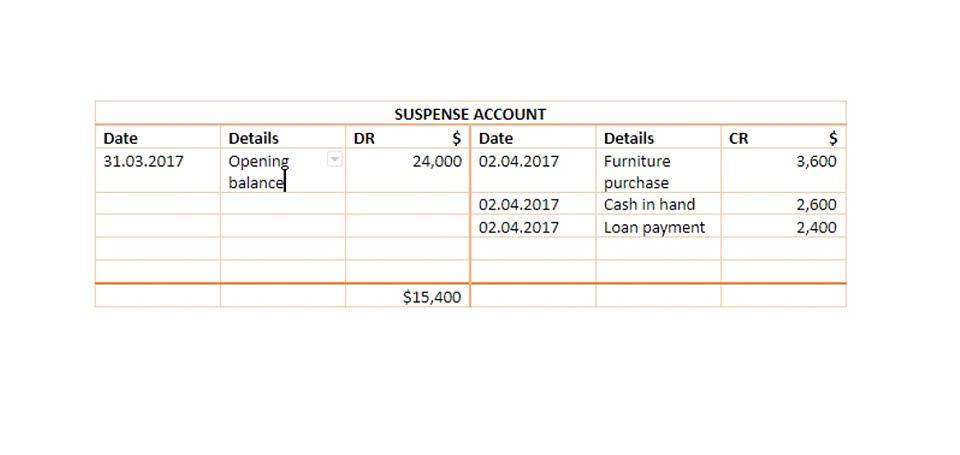
Sucheth is a product marketer with expertise in SaaS, automation, and workflow optimization. He helps businesses discover ways to streamline workflows and drive growth using AI. With Nanonets, you can Sales Forecasting automate 3-way matching by setting up database matching as part of your validation rules. This allows you to automatically compare invoice data against your purchase orders and receiving documents. You can create conditional blocks to flag invoices for review if there are discrepancies in quantities, prices, or totals.

Adaptable workflows
This includes establishing vendor accounts, defining payment terms, and implementing proper coding structures to categorize expenses accurately within the accounting system. Raw material purchases represent a primary form of accounts payable in manufacturing businesses. These obligations include costs for direct materials, packaging supplies, and component parts used in production processes, typically involving established supplier payment terms. The three examples illustrate that some vendor invoices will be immediately recorded as expenses while other invoices are initially recorded as assets. The accounts payable staff needs to be instructed as to the proper accounts to be debited when vendor invoices are entered as credits to Accounts Payable. Generally, a cost that is used up and has no future economic value that can be measured is debited immediately to expense.

Identify the appropriate GL accounts

For example, if the PO has 10 line items, and the invoice has 8, the AP team contacts the procurement department to find out what happened to the other two line items. DOKKA features a user-friendly interface that is easy to use, even without extensive training. However, DOKKA also offers training and support to ensure that everyone involved in the accounts payable process can use the system effectively. DOKKA uses predefined rules to ensure consistent coding, regardless of who is responsible. Additionally, DOKKA allows users to set up custom rules tailored to their specific business needs. If you’re not up to date on the latest regulations, it’s easy to apply the wrong tax code to an invoice, which can lead to compliance issues, penalties, or missed opportunities for tax deductions.
The common challenges faced by the accounts payable team are:
- This evolution enables better decision-making through real-time reporting, trend analysis, and automated performance optimization recommendations.
- DOKKA significantly reduces human error by automating data extraction and coding processes.
- Down payment is an initial up-front partial payment for the purchase of expensive items such as a car or a house.
- This process ensures complete and accurate records for payment processing, audit trails, and financial reporting while maintaining compliance with accounting standards.
- Optimizing the accounts payable process through automation reduces operational costs significantly.
- When done right, it empowers finance professionals with actionable insights, enabling informed decision-making.
Managing AP properly is important because it helps track spending, control cash flow, and maintain good relationships with suppliers. Invoices can be swiftly stamped with relevant codes, allowing for faster approval and payment cycles. This efficiency saves time and enhances the organization’s ability to manage cash flow. Moreover, by minimizing manual coding, staff can focus on strategic tasks, such as analyzing spending patterns and identifying cost-saving opportunities. Within financial processes—especially accounts payable—invoice coding serves as the bridge between receiving an invoice and recording the expense in the business’s accounting system.
Step 4: Involve key stakeholders early
- When paying invoices for accounts payable purchases on invoices with credit terms, debit the accounts payable account for amounts that were originally recorded for the invoices being paid.
- When a vendor sends you an invoice – whether for office supplies or a contractor’s services – that invoice lists the items or services provided along with their costs.
- Effective integration of the accounts payable process with broader financial strategies enhances organizational planning.
- For example, if an invoice is coded to a high-value GL account or a specific cost center, it might need approval from a senior manager.
Disorganized AP processes don’t just cause payment delays — they expose your business to compliance risks, audit headaches, and vendor dissatisfaction. Whether you’re scaling operations or preparing for automation, a structured accounts payable function lays the foundation for accuracy, efficiency, and control. When invoices are logged and processed consistently, it’s easier for finance teams to monitor what’s due, Online Accounting when it’s due, and how it fits into the broader cash flow picture. That clarity helps you prioritize payments, avoid liquidity gaps, and manage working capital more effectively.

When there is clear visibility throughout the process, it is easier to access the information and make sure that all relevant policies are being followed. The system flags duplicate, mismatches with purchase orders, and any policy violations. Tackling these challenges isn’t just about fixing inefficiencies — it’s about unlocking greater control, visibility, and value across your financial operations.

SAP Tcodes for Accounts Payable are invaluable tools that streamline and optimise financial processes. These shortcuts enable efficient navigation through vendor transactions, invoices, and payments, ultimately reducing processing times and accounts payable coding boosting productivity. Whether managing vendor relationships, reconciling accounts, or generating insightful reports, these Tcodes empower users to make informed decisions and maintain financial accuracy. As part of coding invoices for accounts payable, tax account coding is also required. In accounts payable workflows, automation brings the most value to data capture, coding, and validation.

